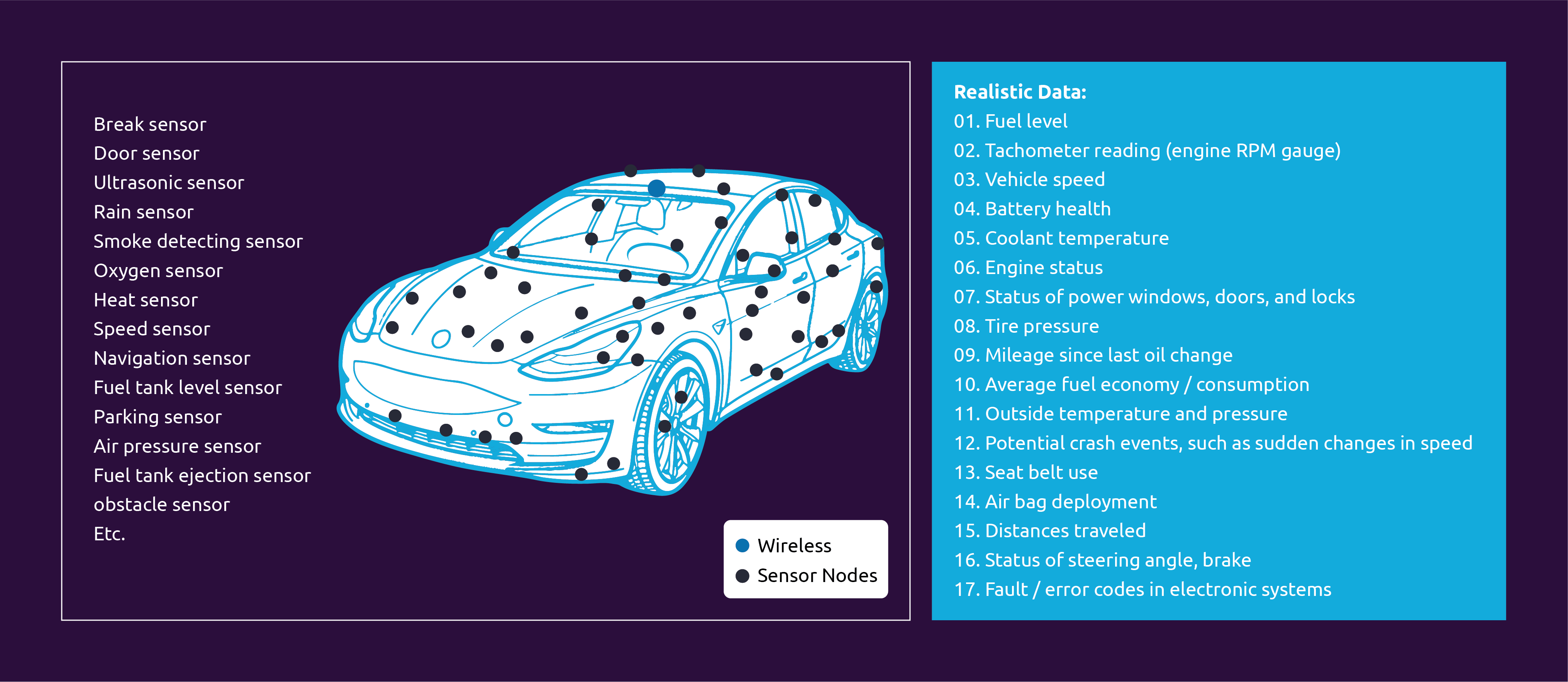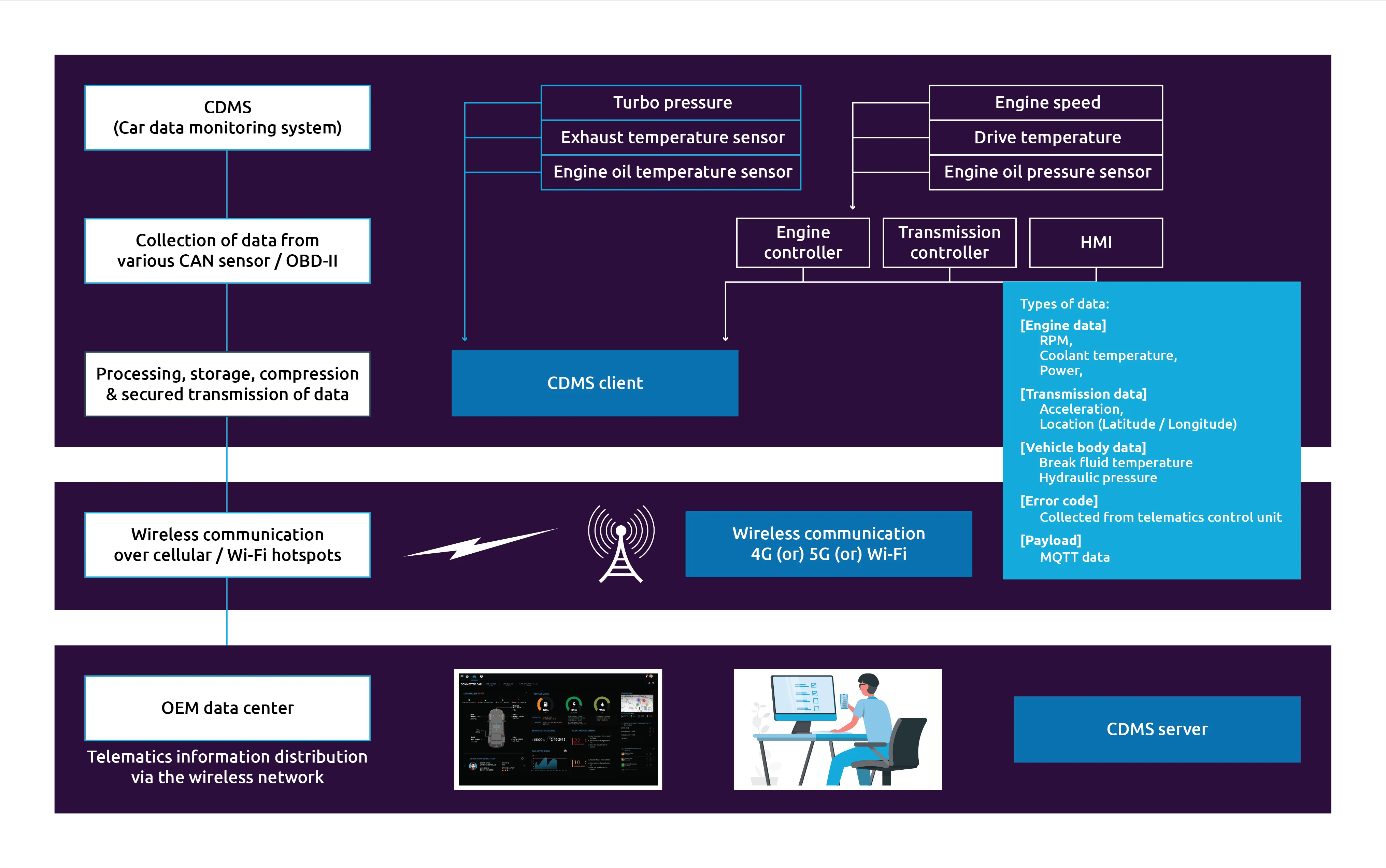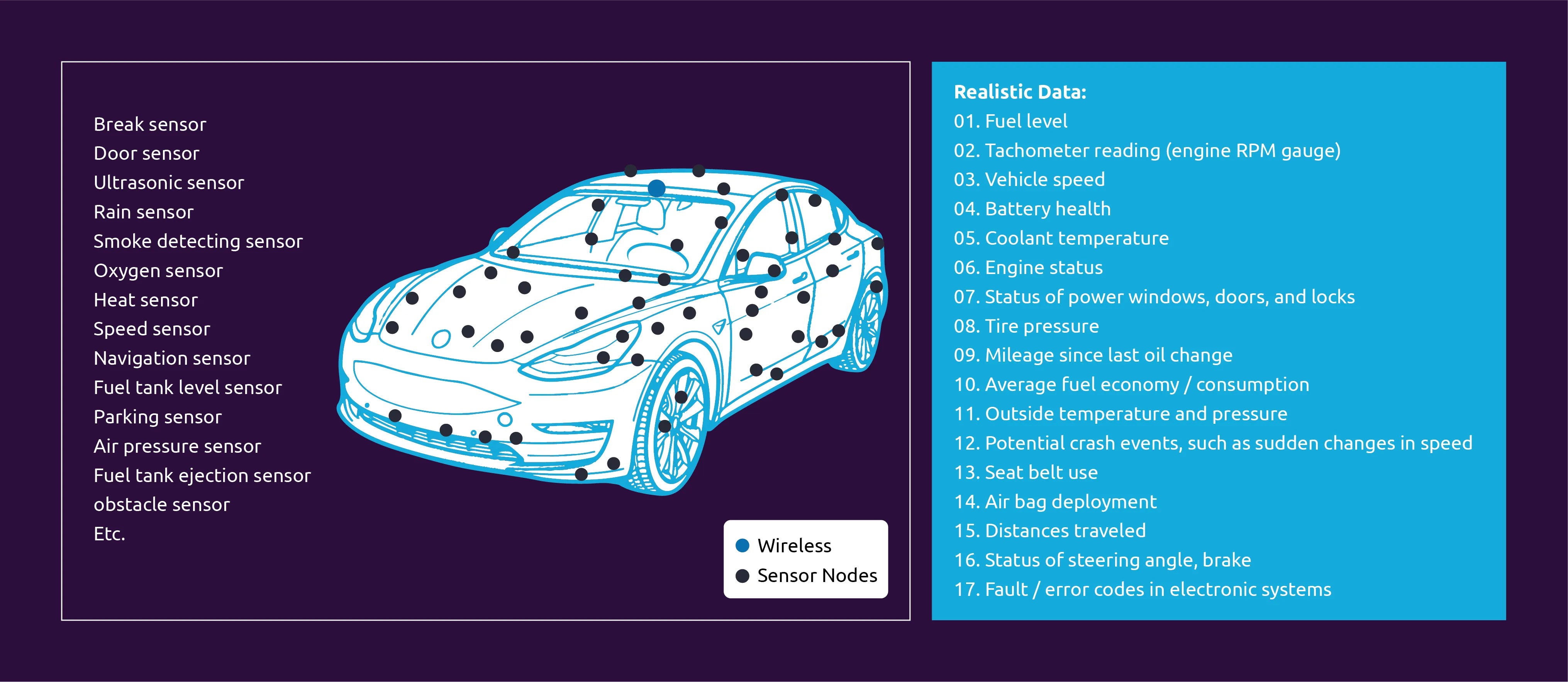Ubiquitous Edge-based Telematics Solution for proactive maintenance of the connected car
Blog: Capgemini CTO Blog
The automobile industry follows a periodic maintenance model for servicing cars defined by the OEM based on travel distance or time. During the inspection, certain critical parts are examined visually by the OEM service center’s maintenance team to ensure they are functioning as designed. Sometimes, the team will identify car parts that need replacing to avoid major breakdowns. However, one downside of periodic maintenance is that it can lead to higher service costs as technically functional parts are replaced to improve performance even though they are functioning.
A better way to manage car servicing is proactive maintenance that utilizes intelligence embedded in the car to monitor and assess the working condition of parts. The car collects sensor data at regular intervals and sends the relevant data to the service center. The maintenance team uses the data to predict failures in advance and provides quick service as needed to meet the car owner’s service level agreement.
The transition to proactive maintenance is part of the automotive industry’s digital transformation journey. Cars now have cellular connectivity (e.g., 4G and 5G), enabling them to share telematics data with the service provider over the internet for real-time monitoring and to schedule a service. The shared data from the car include speed, idling time, harsh acceleration, harsh braking, fuel consumption, mileage per gallon/liter, coolant temperature, level of coolant, maximum speed, engine oil level, fuel level, and distance traveled. (See Figure 1.)
The data collected can trigger an emergency or routine service. In addition, managing the runtime/real-time data can lower the cost of the traditional pre-set service. For example, if a specific part needs immediate replacement, it can be addressed before failure. The alternative is to risk a breakdown that would be significantly more expensive for the car owner.

Telematics data captured from the car network
Source: Capgemini Engineering
Real-time monitoring continuously assesses the connected car’s health and predicts faults and component failure. The data collected from the car can be used to create personalized plans for vacation car travel, improve driving enjoyment, ensure safety and reliability, and reduce the chance of a significant breakdown during vacation. The car collects sensor data using a controller area network (CAN) installed in the car network that sends data to the service center to decide whether to replace parts and predict the improved performance.
The biggest challenge of monitoring real-time car data is data management. Data generation from various sensors include cameras, Lidar, radar, ultrasonic sensors, and the Global Navigation Satellite System, which can reach 25 GB per hour or higher.[1] Therefore, analyzing the data in real-time requires a mechanism to analyze and manage the data at the network’s edge – in the car’s e-cockpit platform – because 25 GB per hour cannot be transmitted for analysis over the mobile network operator’s 3G or 4G LTE cellular networks to the OEM’s datacenter in the cloud.
The car data monitoring system (CDMS) performs data collection, processing, and analytics inside the car network at the edge. After processing, filtering, and analyzing the data at the edge, only essential data is transmitted securely to the OEM datacenter to avoid hackers tampering with it. (See Figure 2.) Always-on connectivity is required to avoid any interruption when transferring the data.
 Figure 2: Car Telematics system architecture
Figure 2: Car Telematics system architecture
Source: Capgemini Engineering
Using CDMS in the connected-car ecosystem is a growing trend for monitoring the wear and tear of car parts when in drive mode based on data collected from various sensors. The service center uses the information to predict any upcoming maintenance needs, which helps prevent drivers from getting stuck on the side of the road facing significant repair costs. Establishing secure, always-on connectivity with the service center and sharing critical data can potentially enrich the car’s performance in the long run and avoid major breakdowns.
The benefits of CDMS in the car’s e-cockpit platform include:
- Lower cost of maintaining, repairing, and inspecting the car ecosystem
- Less downtime
- Better performance
- Improved reliability, availability, and maintainability
- Delivering intelligence by evaluating the relevant data and using it to achieve longer service life and lower service costs
The CDMS enables the service center to monitor the car’s condition remotely. When servicing the car, staff can account for how the car is driven to estimate the car’s lifespan. The car telematics data is collected, processed, and analyzed to predict possible failures, and the data is used to inform the type of maintenance work the car needs. If an error is found, service staff can take action to delay or prevent failure.
The CDMS can diagnose faults before they become critical and predict the life of the components to ensure operational effectiveness, thereby reducing maintenance overhead. The CDMS addresses this challenge by measuring different parameters and providing support for proactive analysis and other statistics to display the present status of car components by evaluating the car’s current health and the driver’s safety data. (See Figure 3.)
There are five key elements required for the CDMS to handle the data in the e-cockpit platform:
- Data collection and processing
- Data monitoring and management
- Data traffic optimization (compression)
- Secure data transmission
- Seamless connectivity

Figure 3: CDMS client software architecture and modules
Source: Capgemini Engineering
The connected car market is emerging and can significantly boost revenues for OEMs, Tier-1 suppliers, and service providers in the coming years. Four technologies will enable tomorrow’s cars: connected, autonomous, shared, and electric. If the car breaks down or suffers equipment failures while in use, it can transmit its telematics data securely to a roadside assistance technician who can quickly trace the problem, fix it, and get the driver on their way.
Telematics will be a vital component of the car ecosystem in the coming years. For instance, it will provide immediate service information to the driver by constantly monitoring the car’s parameters. The CDMS framework embedded in the e-cockpit platform will collect and processes data received from the CAN bus, enabling seamless switching over a 4G or 5G cellular network. With fast and stable access to the internet, the driver can access the menu of services offered by the OEM service center.
With advanced technology in the connected car ecosystem, the OEM service center will monitor the car’s parts while driving and determine the exact time for the next inspection and replacement of critical components based on their actual condition. Also, the CDMS framework will monitor the car’s systems and the owner’s driving habits to suggest ways to improve situational awareness displayed on the e-cockpit dashboard. In addition to analyzing the data, the CDMS will manage the car’s data security, data compression, and high-speed data mobility (i.e., seamless connectivity with persistence) to improve the end-user experience addressing all network-related challenges.
[1] Simon Wright, “Autonomous cars generate more than 300 TB of data per year,” Jul 2, 2021, Tuxera https://www.tuxera.com/blog/autonomous-cars-300-tb-of-data-per-year
For an in-depth analysis, download the white paper “OPTIMIZE VEHICLE SERVICE WITH EDGE-BASED TELEMATICS”
 Author: Vijay Anand, Senior Director, Technology, and Chief IoT Architect, Capgemini Engineering
Author: Vijay Anand, Senior Director, Technology, and Chief IoT Architect, Capgemini Engineering
Vijay plays a strategic leadership role in building connected IoT solutions in many market segments, including consumer and industrial IoT. He has over 25 years of experience and has published 19 research papers, including IEEE award-winning articles. He is currently pursuing a Ph.D. at the Crescent Institute of Science and Technology, India.
